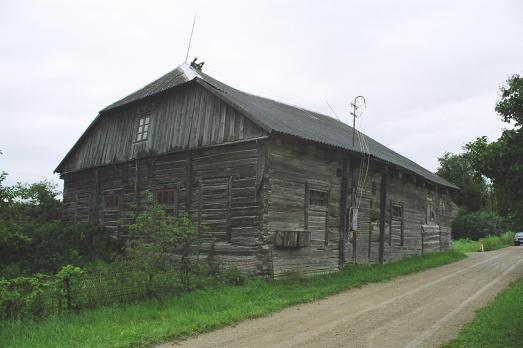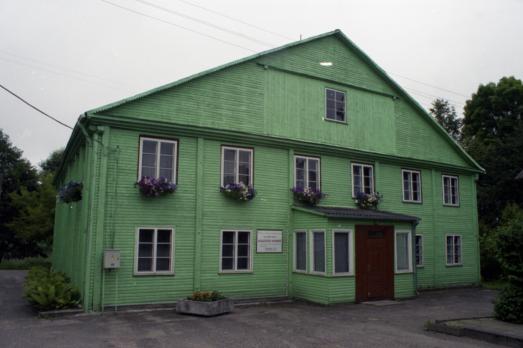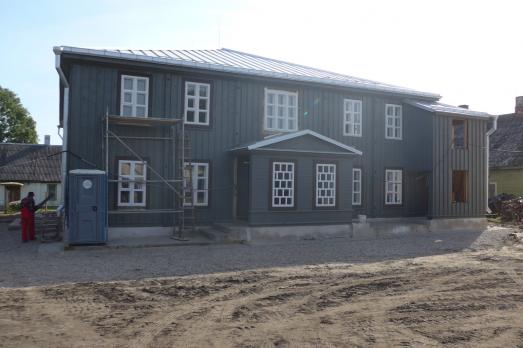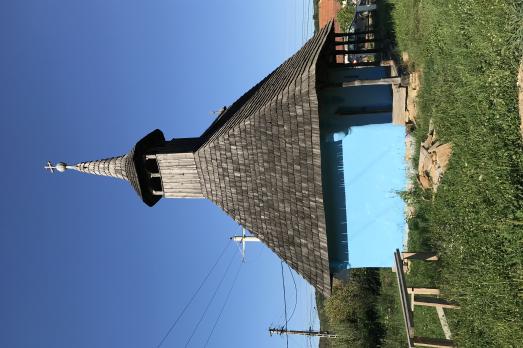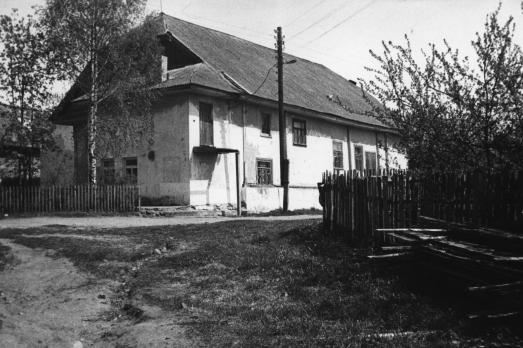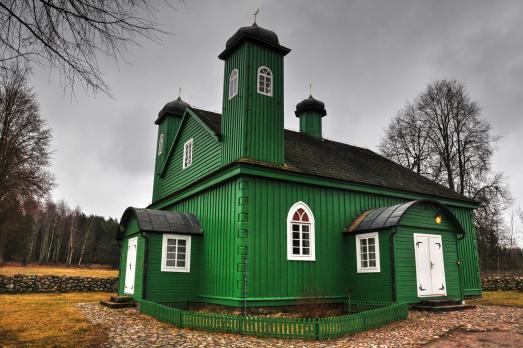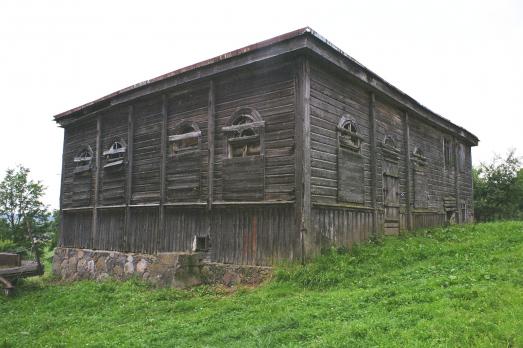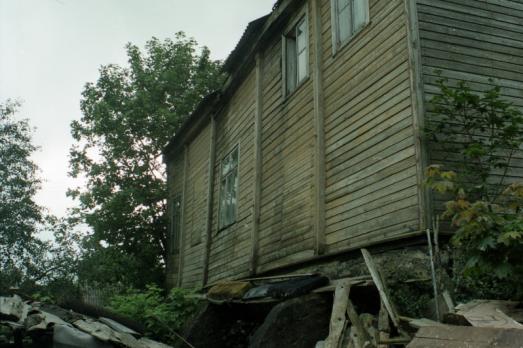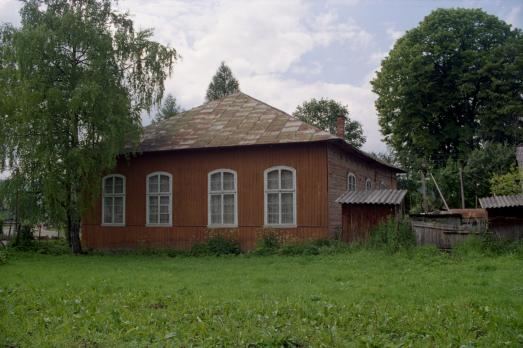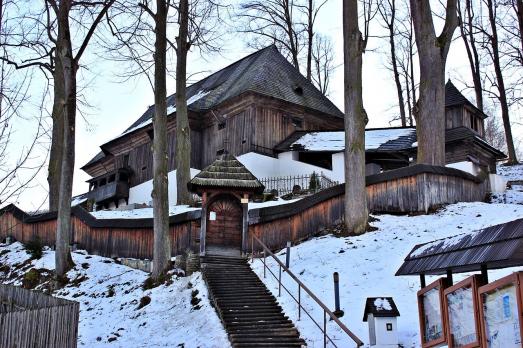
Wooden articular church of Leštiny
Leštiny, SK
The wooden joint church of Leštiny is an evangelical joint church built between 1688 and 1689. In this Catholic region, "articular" Protestant churches were then allowed as long as they were made of wood (a material seen as temporary) and did not have a tower or bell. However, a bell tower was erected later in 1777.
